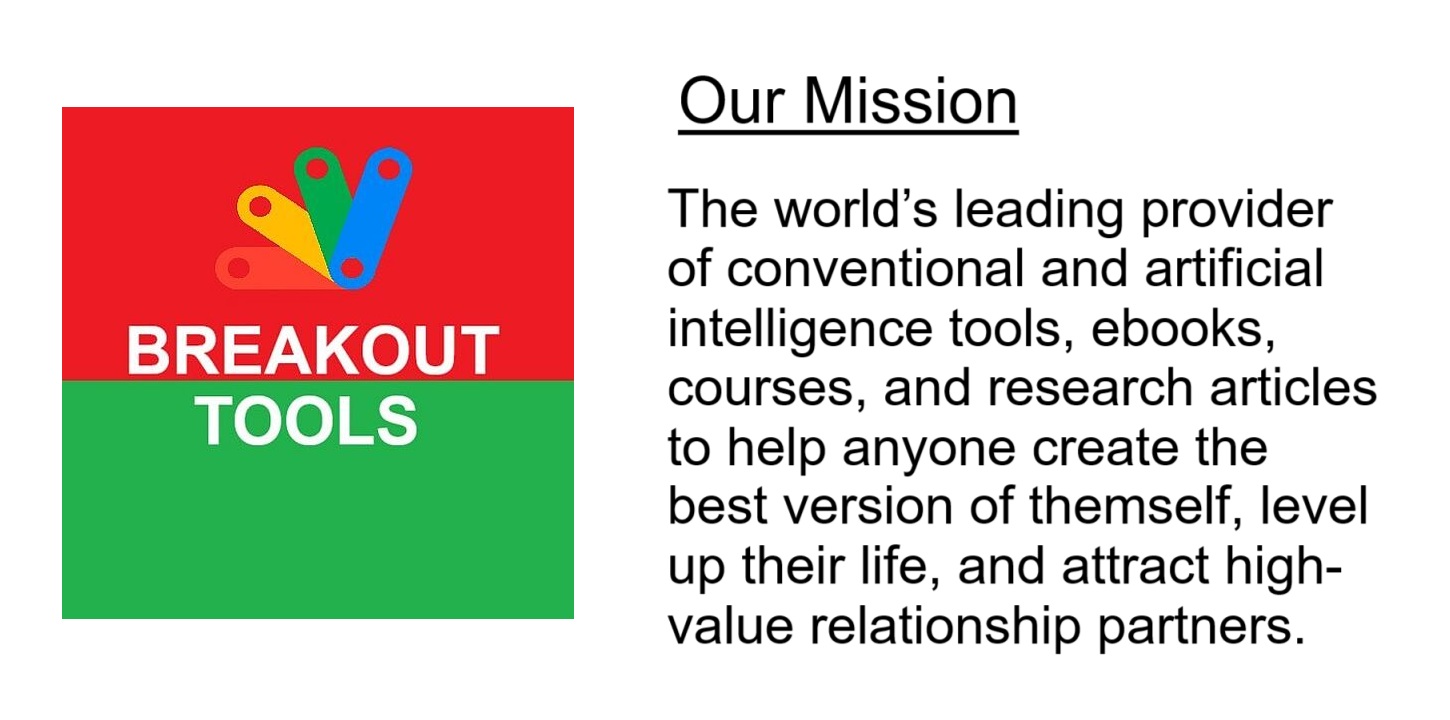Last Updated on April 6, 2025 by Bertrand Clarke
Stefani Joanne Angelina Germanotta, the woman the world knows as Lady Gaga, is more than just a pop star. She’s a cultural phenomenon, a multifaceted artist who has defied genre conventions, challenged societal norms, and consistently reinvented herself. But behind the elaborate costumes, the provocative performances, and the chart-topping hits lies a story of resilience, unwavering ambition, and a deep-seated need to connect with the world through music and art. This is the story of how a young girl from New York City transformed into the global icon that is Lady Gaga.
Roots in the City That Never Sleeps:
Born on March 28, 1986, in Yonkers, New York, and raised on the Upper East Side of Manhattan, Stefani Germanotta’s upbringing was a blend of contrasting influences. Her parents, Joseph Germanotta, an internet entrepreneur, and Cynthia Bissett Germanotta, a philanthropist, instilled in her a strong work ethic and a deep appreciation for their Italian-American heritage. While her family was financially comfortable, Stefani witnessed firsthand the struggles and inequalities of city life, which would later inform her art and activism.
Her early life was steeped in music. She began playing the piano at the age of four, quickly demonstrating a natural aptitude. Her mother recognized her talent and enrolled her in private lessons. By the time she was a teenager, Stefani was writing her own songs, drawing inspiration from artists like David Bowie, Queen, and Elton John – artists who, like her, blurred the lines between music, performance, and visual art.
She attended Convent of the Sacred Heart, a private all-girls Catholic school, where she often felt like an outsider. While academically gifted, she struggled to fit in with the school’s more conventional social circles. This sense of alienation fueled her creative drive and solidified her determination to forge her own path. “I was always different,” she later recalled in an interview. “I didn’t feel like I belonged. I used to get made fun of for being too eccentric.”
The Hard-Knock School of Show Business:
At the age of 17, Stefani was granted early admission to New York University’s Tisch School of the Arts, where she studied music. However, the structured academic environment stifled her creativity. After two years, she made the bold decision to drop out and pursue her musical ambitions full-time. This was a pivotal moment, a leap of faith that set her on a path fraught with challenges and uncertainty.
Her parents, while supportive of her passion, were understandably concerned about her financial stability. They agreed to support her for one year, with the condition that she return to school if she didn’t find success. This ultimatum fueled her determination.
The next few years were a period of intense hustle and relentless self-promotion. Stefani immersed herself in the vibrant downtown music scene, playing gigs in dingy bars and clubs, honing her songwriting skills, and experimenting with her performance persona. She worked tirelessly, often juggling multiple jobs to make ends meet. She waited tables, danced go-go, and even worked as a songwriter for other artists.
During this time, she began to develop her signature style, drawing inspiration from the avant-garde art scene and the underground club culture. She experimented with outlandish costumes, theatrical makeup, and provocative performances, creating a persona that was both shocking and captivating. It was during this period that she met music producer Rob Fusari, who helped her refine her sound and gave her the moniker “Lady Gaga,” a reference to the Queen song “Radio Ga Ga.”
The Road to Stardom: Breakthrough and Reinvention:
Despite her tireless efforts, initial success was elusive. She faced rejection from record labels and struggled to gain traction in a crowded music industry. However, she refused to give up. She continued to write, perform, and network, relentlessly pursuing her vision.
Her big break finally came in 2008 with the release of her debut album, “The Fame.” The album was a global smash hit, propelled by the infectious singles “Just Dance” and “Poker Face.” Lady Gaga had arrived, and the world was captivated by her unique blend of pop, electronic, and performance art.
“The Fame” catapulted her to international stardom. She embarked on sold-out world tours, her concerts becoming legendary for their elaborate staging, provocative choreography, and unwavering commitment to pushing boundaries. She quickly became known for her outspokenness on social issues, advocating for LGBTQ+ rights, body positivity, and mental health awareness.
However, Lady Gaga refused to be defined by her initial success. With each subsequent album, she reinvented herself, exploring different musical styles and pushing the boundaries of her artistry. From the dark and experimental “Born This Way” (2011) to the jazz-infused “Cheek to Cheek” (2014) with Tony Bennett, she consistently challenged expectations and defied categorization.
Beyond Music: Acting, Activism, and Personal Struggles:
Lady Gaga’s talent extends beyond music. In 2015, she starred in the fifth season of the television anthology series American Horror Story: Hotel, for which she won a Golden Globe Award. Her performance in the 2018 film A Star Is Born, alongside Bradley Cooper, garnered widespread critical acclaim and earned her an Academy Award for Best Original Song for “Shallow.”
Throughout her career, Lady Gaga has used her platform to advocate for causes close to her heart. She established the Born This Way Foundation, a non-profit organization dedicated to empowering young people and promoting mental wellness. She has also been a vocal advocate for LGBTQ+ rights, using her music and her platform to fight for equality and acceptance.
Despite her success, Lady Gaga has faced her share of personal challenges. She has been open about her struggles with mental health, including anxiety and depression, and has used her experiences to raise awareness and reduce stigma. She has also been candid about her experiences with sexual assault, becoming a powerful voice for survivors.
Legacy and Continued Evolution:
Lady Gaga’s impact on popular culture is undeniable. She has sold over 170 million records worldwide, making her one of the best-selling music artists of all time. She has won numerous awards, including 13 Grammy Awards, two Golden Globe Awards, and an Academy Award. But her legacy extends far beyond her commercial success.
She has inspired millions of people around the world to embrace their individuality, to be fearless in the face of adversity, and to never give up on their dreams. She has challenged societal norms, broken down barriers, and paved the way for a new generation of artists who are unafraid to push boundaries and express themselves authentically.
Lady Gaga continues to evolve as an artist and as a human being. She remains committed to using her platform to make a positive impact on the world, advocating for social justice, promoting mental wellness, and inspiring others to live their truth. Her story is a testament to the power of resilience, the importance of self-belief, and the transformative potential of art. She is not just a pop star; she is a symbol of hope, a beacon of light, and a reminder that anything is possible if you dare to dream big and never stop fighting for what you believe in. Her journey from a struggling artist to a global icon is a powerful inspiration for anyone striving for greatness, proving that with hard work, talent, and unwavering dedication, even the most unconventional dreams can come true.










